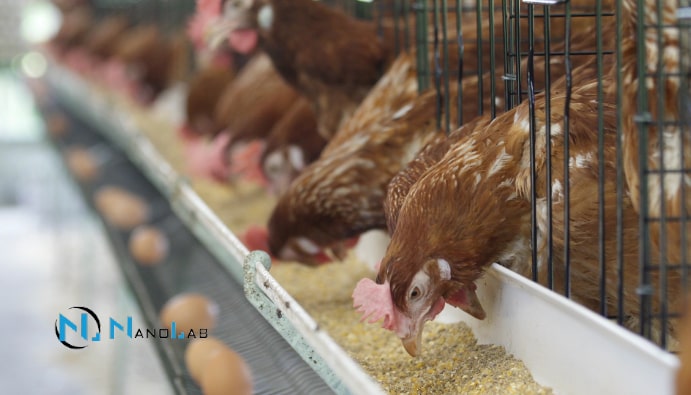
BLOG
KATEGORİDEKİ DİĞER YAZILAR

It is an important issue in terms of both food safety and public health, which can occur for various reasons.
Antibiotic Use in Animal Products: Antibiotics used in agriculture are administered to protect the health of animals, especially in milk and meat production. However, these antibiotics can remain in the bodies of animals and can be passed to humans through food. Antibiotics are also used to treat or protect animals from disease.
Antibiotic Residues in Food Processing: During processing, antibiotic residues can be transferred to food products. This can occur when correct and appropriate processing methods are not used.
Health Risks: Antibiotic residues can have adverse effects on human health. Long-term exposure may contribute to the development of antibiotic resistance and may cause allergic reactions in some people.
Food Safety: Antibiotic residues in food products should not be above certain limits according to food safety standards.
Within the scope of the Turkish Food Codex Regulation on Classification and Maximum Residue Limits of Pharmacological Active Pharmaceutical Ingredients in Animal Foods, veterinary drugs are defined as “pharmacological substances administered to animals for the purpose of treatment, protection and diagnosis or to change the behavior or physiological functions of the animal”.
Antibiotics produced by modern biotechnology and chemical synthesis can kill microorganisms or inhibit their growth. However, the presence of antibiotics in animal products such as milk, eggs and meat poses a potential health risk to humans. The use of antibiotics in animal treatment is inevitable. However, antibiotic residues may be found in foods obtained in cases such as violating the legal waiting period and the amount of antibiotics not in accordance with the regulations.
First of all, antibiotic residues indicate that the animal to be consumed has had a disease and the healing process is not complete. In addition, the presence of antibiotics in foods threatens public health due to their potential carcinogenic, allergenic and toxic properties. It may also cause poor food quality in fermented products. Maximum Residue Limits have been determined within the scope of the relevant regulations and legal obligations.
For all your questions about Antibiotic Determination in Food , you can contact our expert and authorized team as Nanolab Laboratories Group. We also provide services on Meat Species Identification, you can visit our website for detailed information.
For more information visit our website: https://www.nano-lab.com.tr/
You can follow us on LinkedIn for up-to-date news and posts about our services.
Follow our Instagram account to be informed about our latest blog posts.